7 things I wish I’d known before buying my first gaming monitor
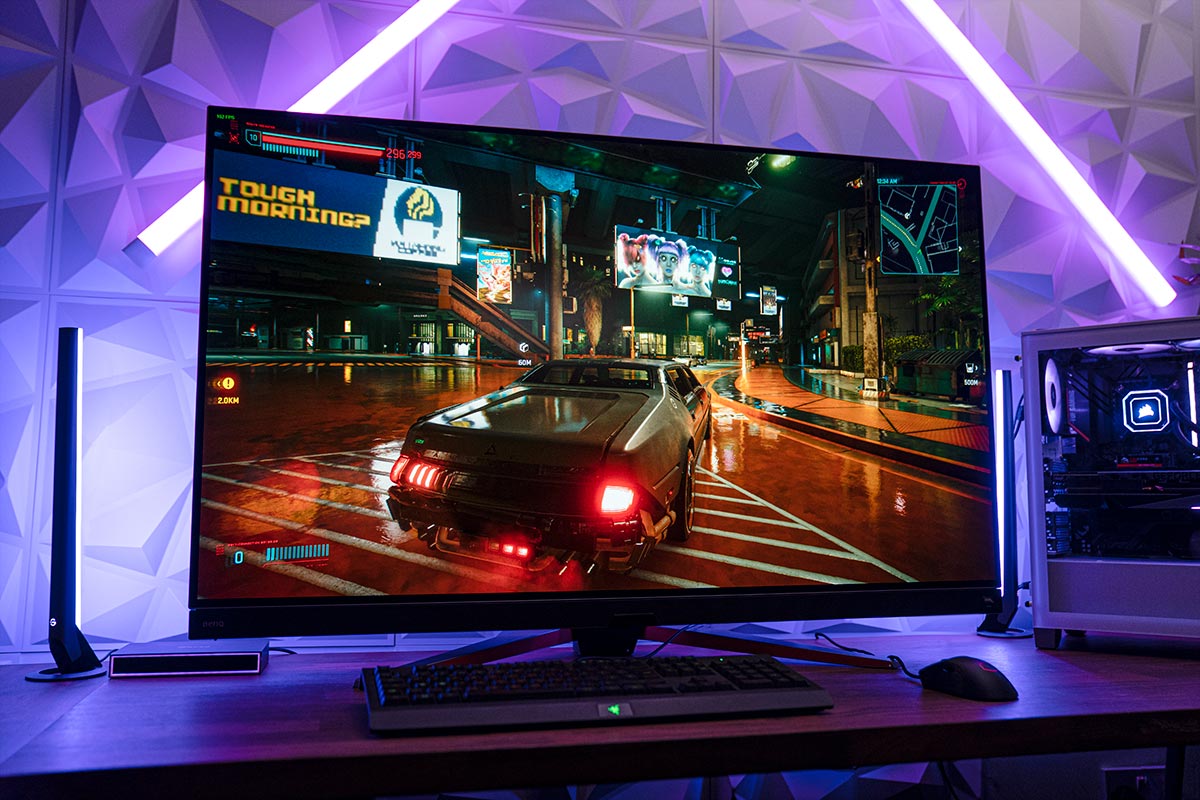
Table of Contents
Before I started writing about monitors and other tech for a living, I would say my understanding of them was okay…ish. I thought I could at least select a monitor that would be great value for money and deliver what I needed, but after my chosen monitor arrived and I started using it, I was left a little disheartened.
If you’re new to the world of gaming monitors, it can be a little daunting, and it’s completely understandable. There are specs that are difficult to understand, features that are easily glazed over but actually have an impact, and common assumptions that can result in you paying much more than you needed to.
Prime Day is finally here! Find all the biggest tech and PC deals below.
- Sapphire 11348-03-20G Pulse AMD Radeon™ RX 9070 XT Was $779 Now $739
- AMD Ryzen 7 7800X3D 8-Core, 16-Thread Desktop Processor Was $449 Now $341
- ASUS RTX™ 5060 OC Edition Graphics Card Was $379 Now $339
- LG 77-Inch Class OLED evo AI 4K C5 Series Smart TV Was $3,696 Now $2,796
- Intel® Core™ i7-14700K New Gaming Desktop Was $320.99 Now $274
- Lexar 2TB NM1090 w/HeatSink SSD PCIe Gen5x4 NVMe M.2 Was $281.97 Now $214.98
- Apple Watch Series 10 GPS + Cellular 42mm case Smartwatch Was $499.99 Now $379.99
- ASUS ROG Strix G16 (2025) 16" FHD, RTX 5060 gaming laptop Was $1,499.99 Now $1,274.99
- Apple iPad mini (A17 Pro): Apple Intelligence Was $499.99 Now $379.99
*Prices and savings subject to change. Click through to get the current prices.
All in all, it’s a bit of minefield if you’re kicking off your search, and with my first monitor purchase I wandered blissfully across it, and had my expectations go up in smoke. To save you some of the trouble, here are some of the 7 things I wish I’d known before making my first purchase.
Don’t skimp on HDR
I had made the perfect setup for gaming and productivity…or so I’d thought. When I hooked up my system and booted Assassin’s Creed Valhalla, I expected to experience something that would trounce my TV but instead, all I got was a game that looked flat, with greyish blacks, and generally just worse.
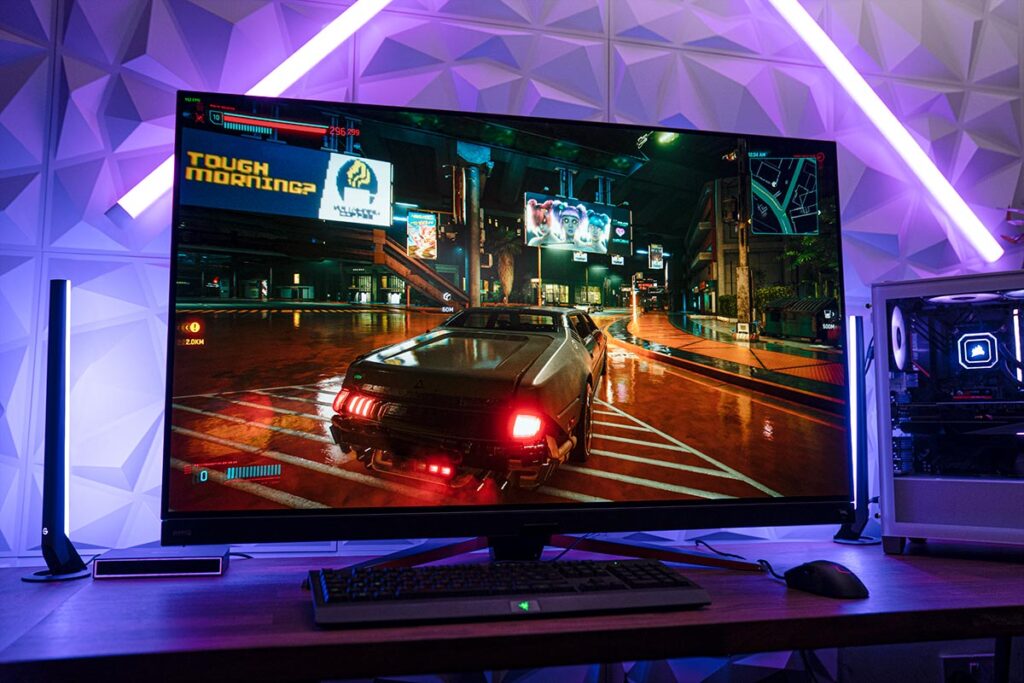
This was all because I didn’t clock that the monitor I had chosen didn’t have HDR, and that’s why it was so affordable. HDR is essential if you want to have good contrast with bright whites, and vivid color. What I’d recommend looking out for are monitors that have VESA DisplayHDR 400 or above listed on them. This is a certification that is only given after the monitor achieves a certain level of brightness, color-range, and contrast.
While it’s not needed for everyone, I personally think it’s better to have the option than not. It will drive up the price slightly towards the mid-range, but it’s worth it to avoid crushing disappointment.
1440p gives you the best bang for your buck
When it comes to resolution, I used to think that 4K was really the only way to go, but it’s not always…
QHD resolution looks excellent on your standard 27-inch gaming monitor, and is generally speaking much more affordable, even with premium features. Some of the most high-end QHD monitors sit around the $600 mark, while slightly larger 4K equivalents can tip the scales at well over $1000. On the budget end, it’s not uncommon to find a quality 1440p monitor with low response times and high refresh rates for under $200 even.
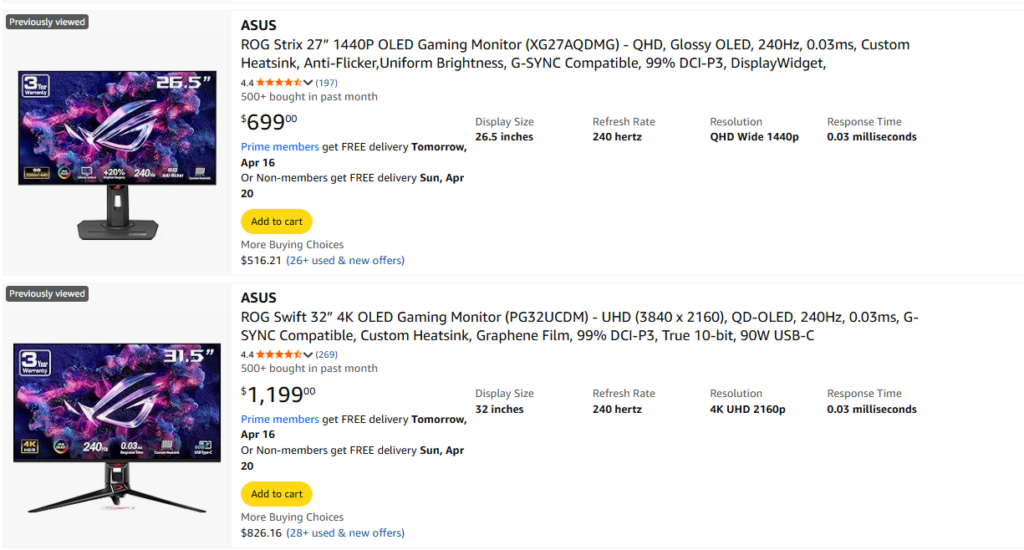
A smart move on my end would have been to go for a QHD monitor with better brightness and HDR, which would have likely come in at around the same price, and still looked excellent.
The stand is more important than you’d think
Brands always make a big song and dance out of how ‘ergonomic’ their monitor stands are, and sure, it’s important. Having tilt, swivel, height, and pivot functionality is great, but there’s one thing I should have paid more attention to…the foot base.
The monitor I bought had fairly expansive, pronounced legs that took up a fair amount of space on my desk. So much so, that I had to go off and buy a monitor arm just to clear some room. Now most monitors nowadays have addressed this, but with more entry-level options it’s worth keeping an eye on, especially if you have a load of peripherals or simply just need the extra space.
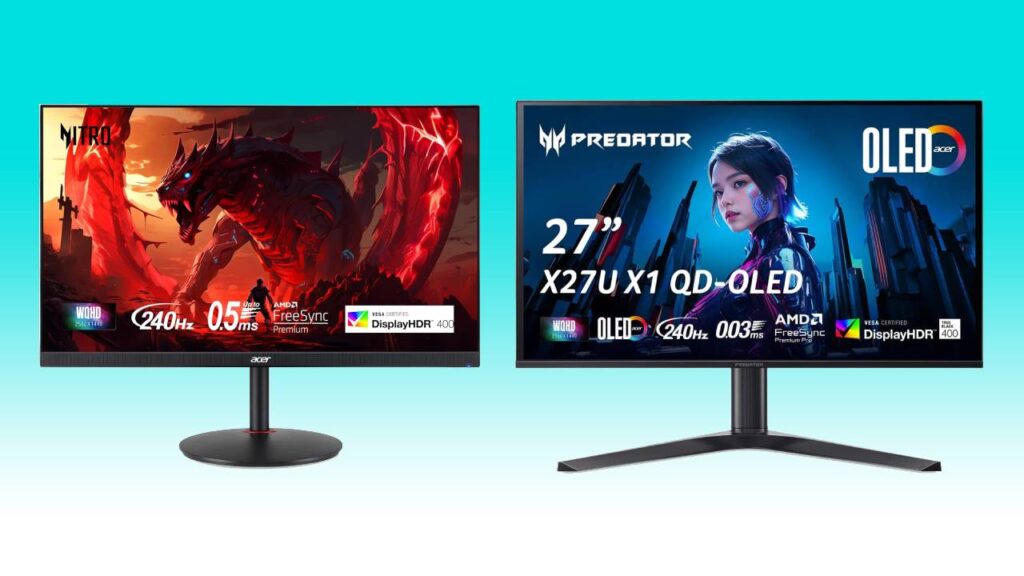
Check it has a USB-C port
While not completely necessary, this is an excellent feature to have on your gaming monitor, and one I missed out on! USB-C ports are a bit of a game-changer, and offer a load of advantages such as reducing desk clutter, simplifying your setup (which is great for the more minimal aesthetic), and of course, allowing for charging of various devices.
It’s usually found on more mid to premium monitors, but it’s well worth checking for when you’re on the hunt. Having this would have been excellent for my setup, especially as I like to keep clutter and excess wires to an absolute minimum.
The most popular gaming monitors aren’t always what they seem
If you’re looking for a gaming monitor, it makes perfect sense to go for the ones with the most reviews, right? Well, that’s what I thought, until I realized that many of the monitors with the most reviews are actually the oldest monitors. And in some cases they’re a few years old too. Take this LG Ultragear monitor for instance. It’s still a popular choice as it’s been bought over 2000 times in the last month and has over 12,000 reviews, but it was released back in 2019.
Checking the release date is always something you should do, and it’s something that I didn’t but wasn’t punished too harshly for it. While an older monitor may look and work fine, there are plenty of newer options that aren’t astronomically priced in comparison, but offer more advanced technology. This is especially the case with OLED and QD-OLED monitors, many of which have now advanced to combat burn-in, over-heating, and are even more bright than ever.
Take note of its color coverage
This is where things get a bit confusing, and most people sort of glaze over it (I know I did).
Put simply, if you need your monitor to reproduce a wide range of colors, accurately, if say you’re creative professional, look closely at its DCI-P3 coverage and Delta E value. I won’t go too deep into this, but the closer to 100% DCI-P3 you can get, the better color coverage the monitor will have, which is going to be great for editing. And if you want very ‘true to life’ color, aim for a Delta E value of less than 2 – which will mean that the difference between what’s on the screen and real-life will be difficult to notice.
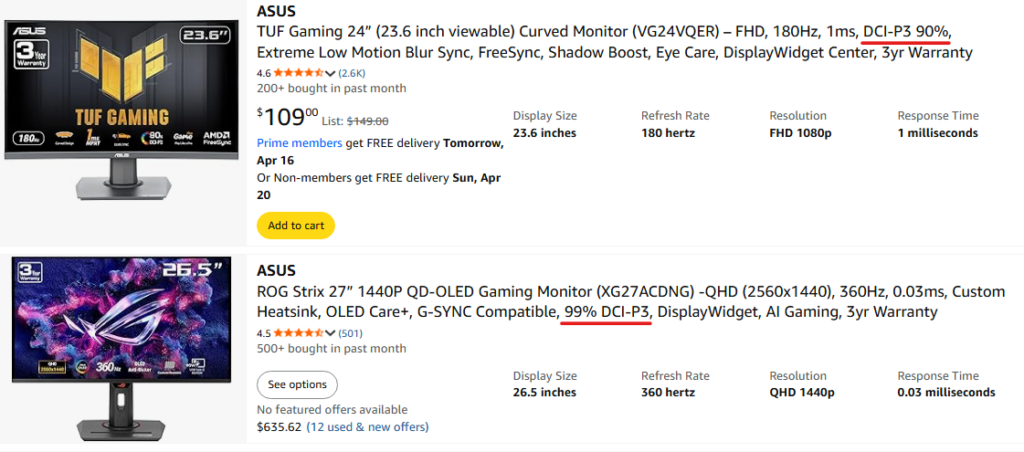
This isn’t something that most gamers would place high up on the list, but it’s important if you’re using your gaming monitor for something else. And since I was using my monitor for design, it’s something I wish I understood sooner.
Response time isn’t what you first think it is
You’ll usually see response time measured in milliseconds, and it’s very easy to think it’s measuring how responsive the monitor is to your inputs. In short, it’s not that – and yes, it doesn’t really make sense to call it this either.
Response time is actually how fast a pixel can change color and in many cases it’s the time it takes to change from grey to grey, which is why you see GTG next to it. The faster the response time the less ghosting you’ll get, so pay close attention to this when you purchase your monitor especially with 4K displays, which sometimes have slower response times than your FHD and QHD options.
Gaming monitor deals worth checking out
So there you have it, everything I wish I’d known before purchasing my first gaming monitor. Hopefully my lacklustre experience can save you some time and hassle! If you’re looking for a gaming monitor, I’ve listed some of the top deals below for you to browse.
Be sure to check back in with us soon, as we’ll be sharing our latest, in-depth monitor reviews in the coming weeks.
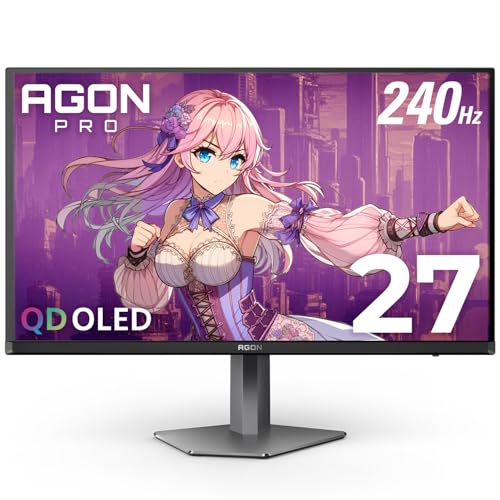
AOC Agon PRO AG276QZD2 27-inch

SAMSUNG 27” Odyssey OLED G6 (G61SD)
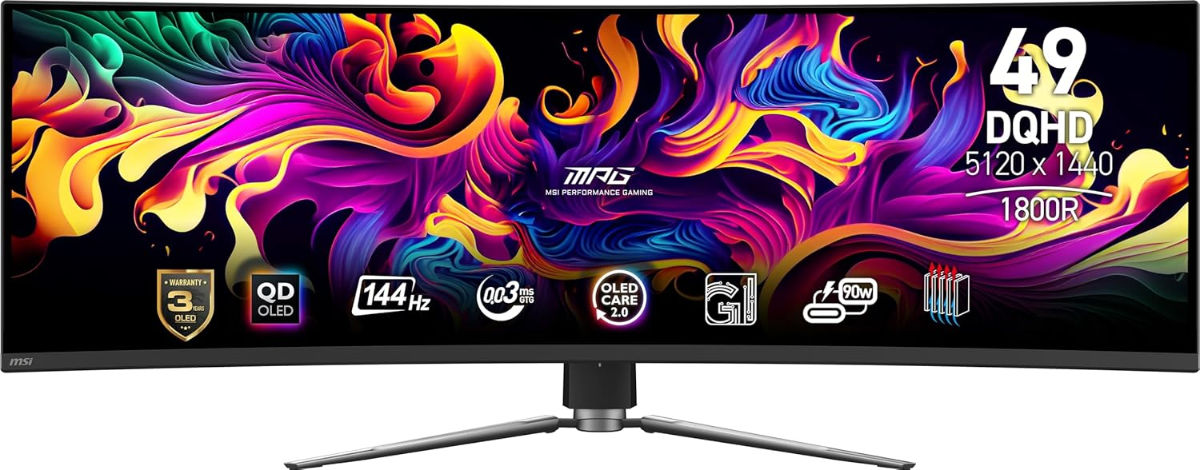
MSI MPG 491CQP

Samsung 32-Inch Odyssey G55C Series QHD 1000R Curved Gaming Monitor
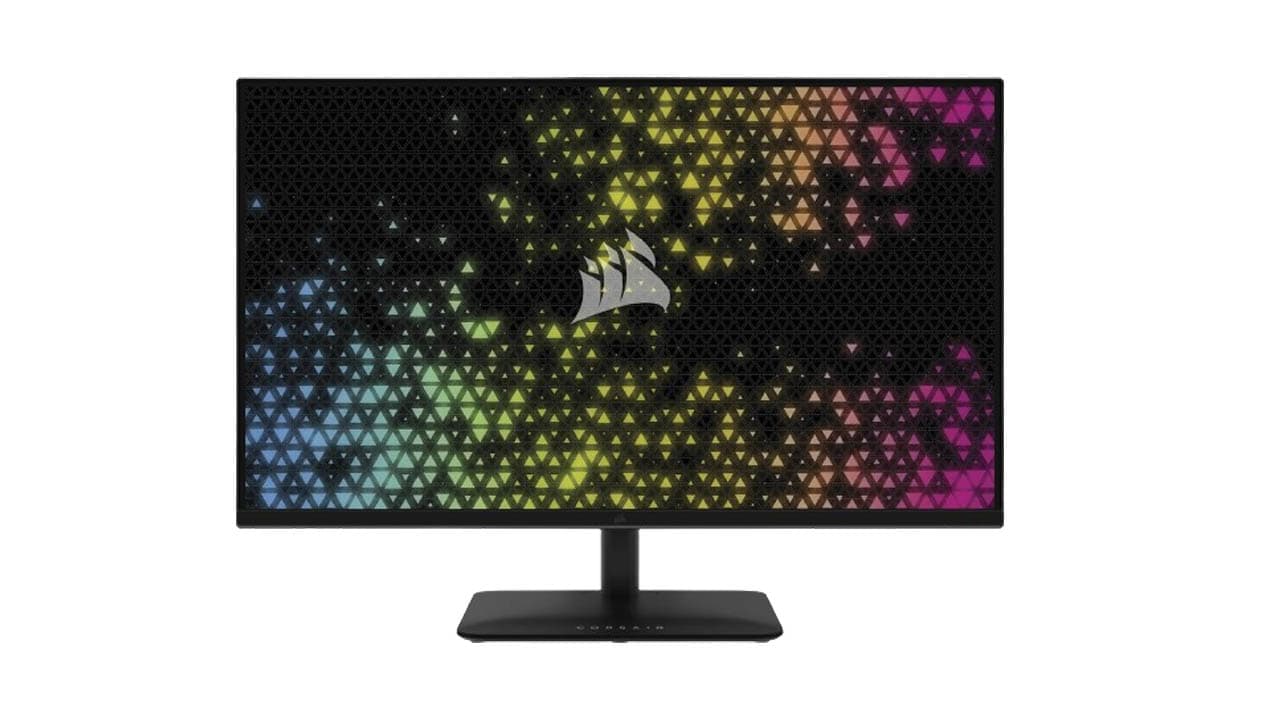
Corsair XENEON 315QHD165 32-Inch QHD IPS Gaming Monitor
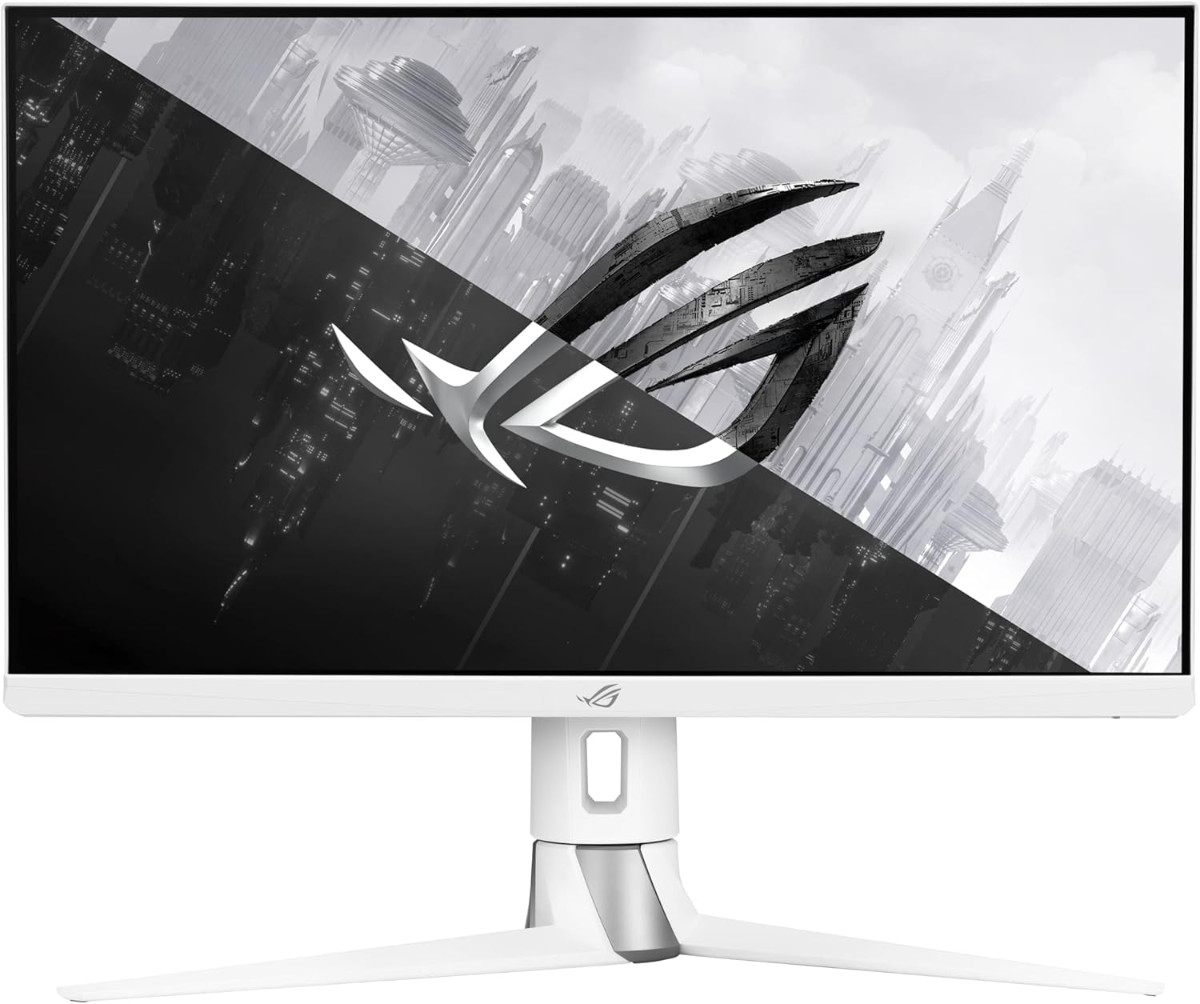
ASUS ROG Strix XG27AQ-W 27” 1440P HDR Gaming Monitor
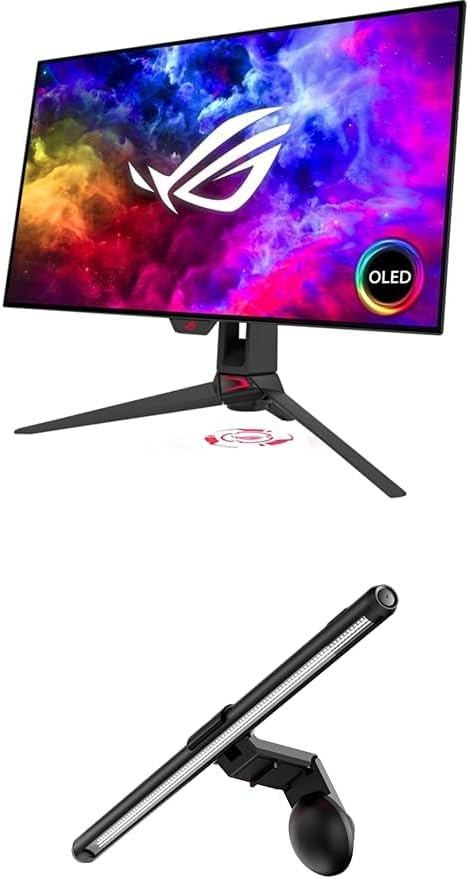
ASUS ROG Swift 27”1440P OLED DSC Gaming Monitor (PG27AQDM)

